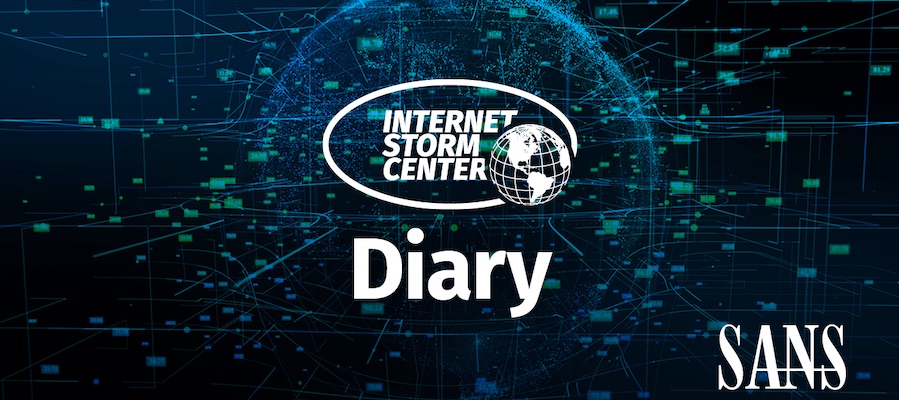I published the following diary on isc.sans.edu: “Agent Tesla Dropped Through Automatic Click in Microsoft Help File‘”: Attackers have plenty of resources to infect our systems. If some files may look suspicious because the extension is less common (like .xsl files), others look really safe and make the victim confident
